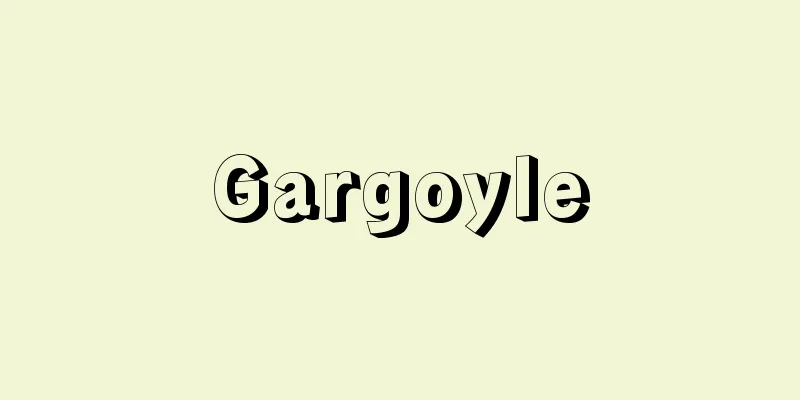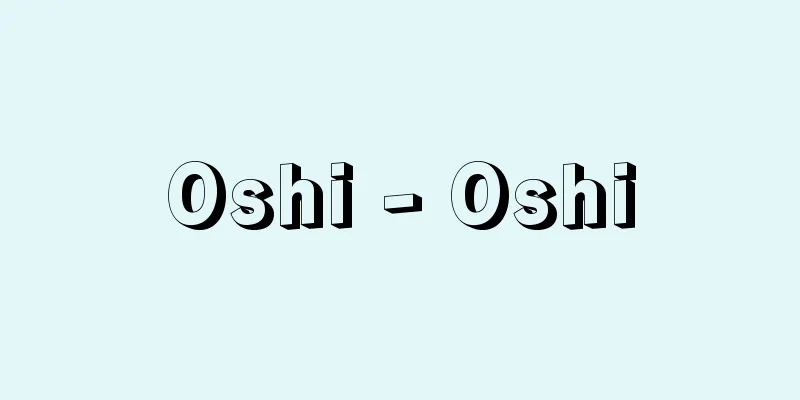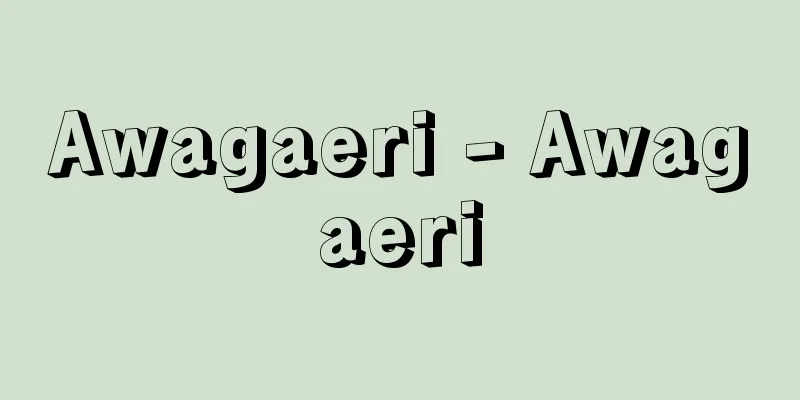Christiaan Huygens

|
Dutch physicist. Huygens was a distinguished family in The Hague, where both his father and grandfather served as ministers. He was expected to become a diplomat, so he was educated by his grandfather during his childhood, and entered Leiden University in 1645 to study law and mathematics. During this time, he met Mersenne and was influenced by Descartes. He studied law at the University of Orange from 1647 to 1649, but missed the opportunity to become a diplomat due to the death of Willem II (1626-1650), and began to devote himself to scientific research around 1650. He continued his research at his home in The Hague until 1666, and met Pascal during a trip to Paris in 1660-1661. Due to his achievements during this time, he became a foreign member of the French Academy of Sciences when it was founded in 1666, and lived in Paris from that year until 1681. He then returned to The Hague. In 1689, he met Newton during a trip to England. He died in 1695 after a long illness. His scientific achievements were wide-ranging. In 1650 he wrote "Three Books on Floating Bodies" on statics, in 1651 he wrote "Theorems for the Area of Hyperbolas, Ellipses, and Circles" on area quadrature, and in 1657 he wrote "On Calculation in Gambling" on probability theory. He also dealt with practical problems, improving clocks by combining the isochronism of the pendulum discovered by Galileo with spring-driven gear clocks, and wrote "The Clock" in 1658. In 1659 he discovered the isochronism of cycloids, and in 1673 he published his magnum opus "The Clock," and continued to make pendulum clocks. From 1652, he began working on improving telescopes and other optical equipment, and between 1655 and 1656 he discovered the moons and rings of Saturn using a telescope he built himself, publishing New Discoveries Concerning the Moons of Saturn in 1656 and The System of Saturn in 1659. He also conducted research into refractive optics, including spherical aberration and chromatic aberration, and the results of this research were posthumously published in 1703 as Refraction and Optics. Meanwhile, from around 1670, in the process of elucidating the phenomenon of double refraction, he began to address the problem of the nature of light, arriving at a wave theory of light using concepts such as elementary waves and elliptical wavefronts, and published Treatise on Light in 1690. He began working on the problem of collisions around 1652, correcting Descartes' law of collisions and reformulating the law of conservation of momentum in 1656. These results were compiled posthumously in 1703 in "On the Motion of Bodies due to Collisions." He wrote "On Centrifugal Force" in 1659 and "Discourse on the Causes of Gravitation" in 1690. Despite his many achievements, there were few researchers at the time who took up Huygens' theories; for example, his wave theory of light was only accepted in the 19th century. One possible reason for this is the large influence of Newton. [Yutaka Kawamura] [References] | | | | | | | | | |Source: Shogakukan Encyclopedia Nipponica About Encyclopedia Nipponica Information | Legend |
|
オランダの物理学者。ホイヘンス家は父・祖父ともに大臣を務めたハーグの名門であり、彼は外交官になることを求められ、幼少のころは祖父から教育を受け、1645年にライデン大学に入学、法律と数学を学んだ。この間にメルセンヌと知り合い、デカルトの影響を受けた。1647年から1649年までオレンジ大学で法律を学んだが、ウィレム2世WillemⅡ(1626―1650)の死により、外交官になる機会を逸し、1650年ころより科学研究に没頭し始めた。1666年まではハーグの自宅で研究を続け、1660~1661年にはパリ旅行の際にパスカルと出会った。この間の業績により1666年にフランスの科学アカデミー設立に際し、外国会員となり、この年より1681年までパリに在住。その後はふたたびハーグに戻った。1689年にはイギリス旅行のとき、ニュートンと会った。1695年、長い病の末に没した。 科学的業績は多岐に渡る。1650年に『液体に浮かぶものに関する三巻』で静力学を、1651年に『双曲線・楕円(だえん)・円の求積に関する諸定理』で求積法を、また1657年には『賭(か)けにおける計算について』で確率論をそれぞれ論じた。一方、実用的な問題も扱い、ガリレイの発見した振り子の等時性と、ばね運動の歯車時計を結び付けて時計の改良を行い、1658年に『時計』を著した。1659年にはサイクロイドの等時性を発見、1673年には大著『振子時計』を出版し、振子時計の製作も続けた。 1652年から望遠鏡などの光学機械の改良にも取り組み、1655~1656年には自作の望遠鏡で土星の衛星と環(わ)を発見し、1656年『土星の衛星に関する新発見』および1659年『土星の体系』を出版した。また球面収差・色収差などの屈折光学の研究も行ったが、これらの成果は死後1703年に『屈折光学』として出版された。その一方で、1670年ころから複屈折現象を解明する過程で、光の本性の問題を扱い始め、素元波や楕円波面などの概念を用いた光の波動論に達し、1690年『光についての論考』を発表した。 1652年ころより衝突の問題を扱い、デカルトの衝突の法則を修正して、1656年に運動量の保存則を再定式化した。この成果は死後1703年に『衝突による物体の運動について』にまとめられた。1659年には『遠心力について』、1690年には『重力原因論』を著した。多くの業績にもかかわらず、ホイヘンスの説を引き継ぐ研究者は当時少なく、たとえば、光の波動論は19世紀に入ってようやく受け入れられた。この理由としては、ニュートンの影響が大きかったことが考えられる。 [河村 豊] [参照項目] | | | | | | | | | |出典 小学館 日本大百科全書(ニッポニカ)日本大百科全書(ニッポニカ)について 情報 | 凡例 |
>>: Whippet (species) (English spelling)
Recommend
Karlmann (East Frankish) (English spelling) Karlmann
…reigned 887-899. Son of Karlmann (c. 830-880), k...
Infant industry - yochisangyō (English spelling)
An underdeveloped industry that cannot withstand f...
Brookhaven
A city in southwest Mississippi, USA. Population 1...
Ethnocracy
…In ethnically heterogeneous societies (which in ...
Iberian - Iberian
A language inscribed on inscriptions unearthed in ...
mosan
…Mosan is an adjective derived from the Meuse Riv...
Carpenter, Scott
Born: May 1, 1925 in Boulder, Colorado [Died] Octo...
Iron minerals
A general term for minerals that contain iron. Iro...
Rhododendron wadanum (English spelling) Rhododendronwadanum
…[Yoshiharu Iijima]. … *Some of the terminology t...
Vedanta School - Vedanta School
The most influential school among the six schools...
Syrian Desert - Syrian Desert
In Arabic, Badiyat al-Sham means Eastern Desert. I...
travel film
…In Japan, the translation "record film"...
Group instruction - Issei Shido
…In England, Andrew Bell (1753-1832) and Joseph L...
Hans-Georg Gadamer
One of the leading contemporary German philosophe...
Reverse discrimination
Affirmative action, which was introduced in the Un...

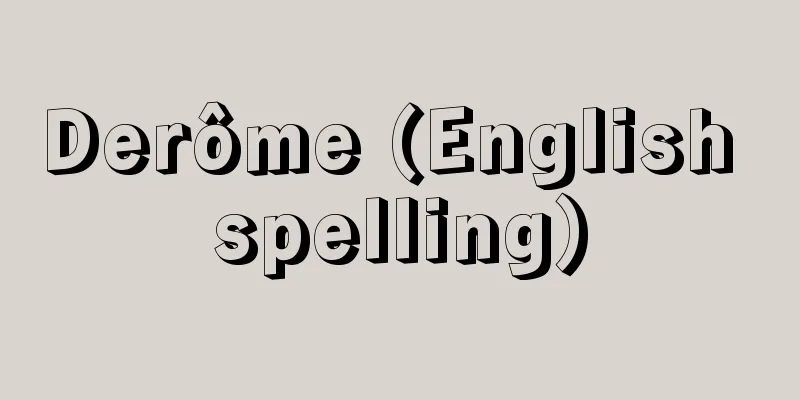



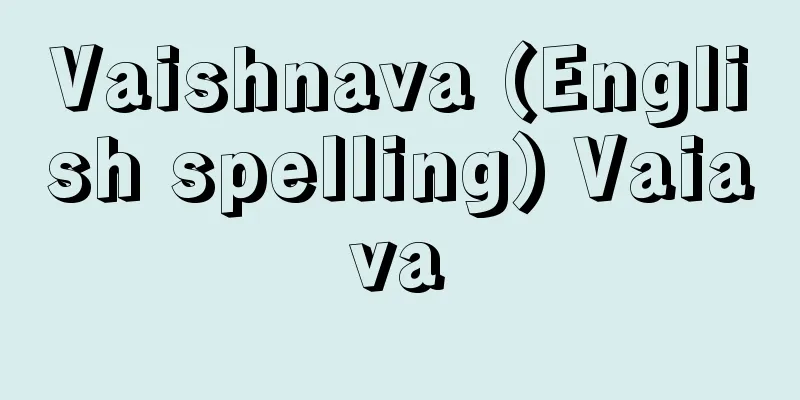
![Uvsa Nor [Lake] - Uvsa Nor](/upload/images/67cf8dd22c2a1.webp)
